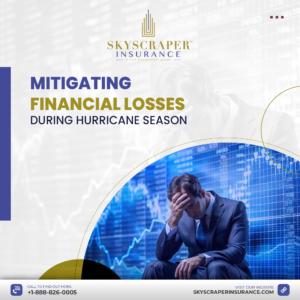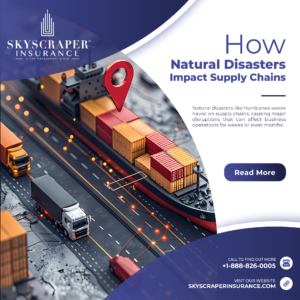In the wake of the Champlain Towers South collapse, determining liability and insurance coverage could take years to unravel.
Workers cut a large slab of concrete at the Champlain Towers South condo, Monday, June 28, 2021, in Surfside, Fla. Many people were still unaccounted for after Thursday’s fatal collapse.
I grew up in Miami, and I know there are thousands of buildings just like the Champlain complex in Surfside erected over the past 40 years. Pretty much everything in South Florida is made of concrete; block structures held together with fortress-like strength by mortar, poured concrete lintels, pillars and fasteners of every type. They’ve withstood every hurricane-force passing their way.
When I saw the first images of this building collapse, my first thought was, “this was a bomb.” The photos showed a building sheared as if by a giant knife. They reminded me of the Murrah federal building in Oklahoma City. Had I not seen the security video footage showing the actual pancake collapse (from standstill to pancake effect; not initiated by any explosive), I could not have been persuaded. This is to be expected of buildings in the third world, where inspections are backlogged or non-existent and bribery abounds — not in Miami, Florida.
Determining liability
There is inescapable liability exposure to unit owners, individually and collectively, as members of the homeowner’s association. There may have been complaints to the association of suspicious movement or cracking within the structure. Those complaints may have been ignored or studies may have been commissioned. The results of those studies concluded in reports that may exist (and they will be found) addressing dangerous conditions and urging corrective action that should have been acted upon.
Or, there may be counter opinions from experts who studied and advised immediate action was not necessary. Everyone in this chain of communication is potentially exposed and may have some culpability.
Of course, the aforementioned parties could be expected to deflect their culpability by introducing supporting studies as to why they were correct or why someone else’s failure to act on their recommendations was primarily responsible or contributed to the cause. No reasonable practitioner wants to be responsible for such a horrific event.
Questions will be asked such as:
- Who inspected the original construction?
- Who approved or, if not approved, who remedied the original defects?
- Was there negligence in the municipality’s approval of the project or any remediations taking place after the fact?
- Did the municipality rely on the opinions of outside experts, and did those experts fail to note the potential hazards or defects?
- Were their warnings ignored and by whom?
- Was there an intervening cause that rendered the surrounding landmass, including this structure, to be compromised regarding stability?
Rumors abound, and one of them has to do with a neighboring project that caused substantial earth movement, structural wall cracking, and the like. Again, was a study commissioned to disprove a connection, and are that firm and its commissioners now exposed?
If you were a renter/survivor, you’d start with your landlord, the unit owner. The unit owner will sue the association. The association will sue its property management firm. Everyone will sue the original architects, contractor and any sub-contractor that ever even walked the halls. They’ll sue neighboring contractors, the municipality, and its vendors for faulty inspection or failure to give notice, or failure to take action of any particular type. They’ll sue consulting engineers who may have been called in over the past 40 years.
There is the likelihood that litigation arising from this event will take 10 years or more to resolve. Meanwhile, my heart hurts for the lost souls and their surviving loved ones.




